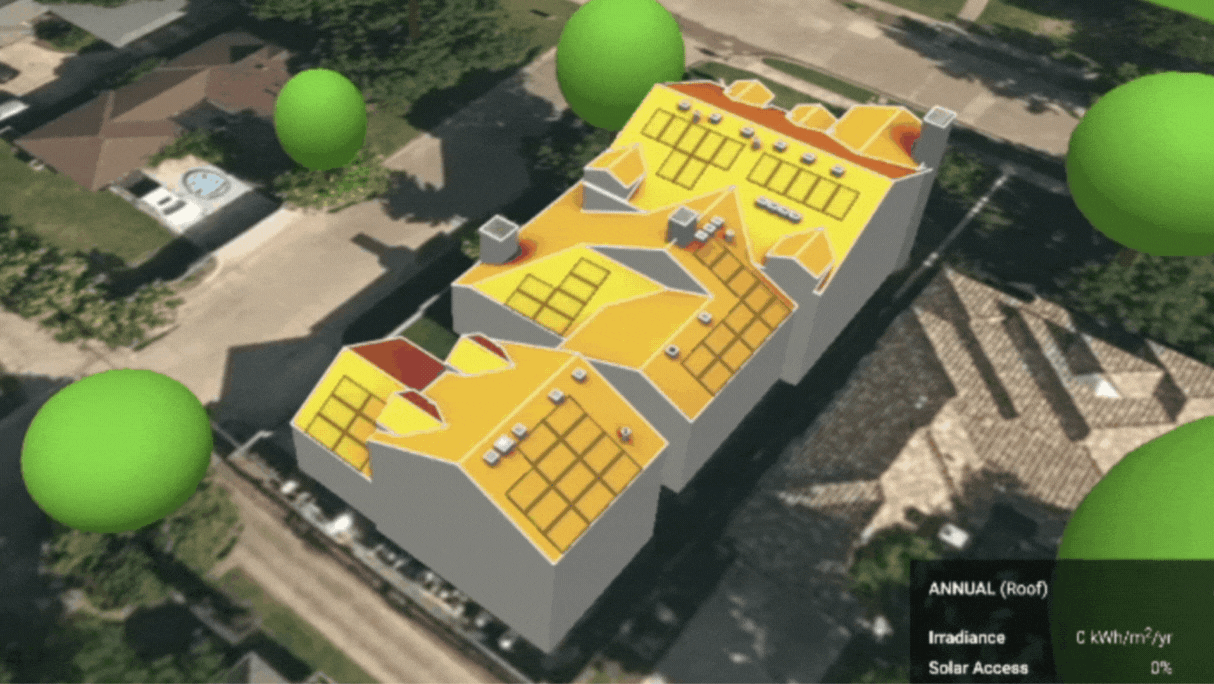Navigating an Ever-Changing Solar World
The Question of Grid Reliability
Record moisture levels in the western US, unprecedented wildfires in Canada, intense storms throughout the globe--natural disasters and extreme weather events like these affect millions of Americans yearly, and they oftentimes threaten or damage the power grid.
Increases in population and electrical usage have caused strain on an already outdated system--the White House reported last year that approximately 70% of the US power grid is over 25 years old.
Though there is legislation in place for a few tune-ups, it's hard to know how much effect they will have, particularly with climate change causing an increasingly volatile environment.
While traditional generators may seem like a viable option, concerns about carbon monoxide poisoning and fuel accessibility cannot be overlooked. This is where solar power shines.

Although solar systems are not completely immune to factors like clouds, storms, and heat, integrating a battery with your solar setup provides two invaluable features:
1. Increases your system's reliability
Having somewhere to store the extra energy that your solar system produces means that you have a reserve in case there is an emergency outage.
2. Allows you to disconnect from the grid.
Most solar systems that include batteries have the ability to disconnect from the grid and function autonomously. Regardless of whether there's an outage or not, a battery will decrease your reliance on the grid. Storing your extra energy prevents it from being sent into the grid, which is especially beneficial in areas with less beneficial net metering programs (or none at all).
While a complete home solar system may not be feasible for everyone, affordable alternatives like portable solar battery kits or other power generation devices can still offer security and peace of mind.


Utility Price & Policy Changes
According to the US Environmental Information Agency, utility rates increased from around $0.14 per kilowatt-hour (kWh) in March of 2022 to almost $0.16 per kWh in March 2023, and experts predict that these increases will continue.
Since their introduction, residential solar systems have been a way for customers to reduce their utility costs, but exact savings are dependent upon utility companies' net metering policies (especially for solar owners that don't have battery storage).
In a broad sense, net metering is a policy that allows solar customers to sell excess electricity back to the grid. This policy has been very beneficial for homeowners, as it allows them to claim credit for the power that their system has produced--even the power they don’t use.
Unfortunately, some states are considering changes to net metering that would reduce the value of solar credits. Under these changes, credits are focused more on a dollar amount, rather than on the power generated.
In California, for example, a new policy called NEM 3.0 was passed in 2022 and implemented earlier this year. Previously, California solar customers received a one-to-one credit for exported energy: the credit that they received for each kilowatt-hour would match what they pay for each kilowatt-hour.
Now, however, customers can expect to receive around 75% less for credits under NEM 3.0's Net Billing policy, as exported energy will be metered and credited at a predetermined sell rate, based on the market cost of the energy.
This applies to all three of California's major utility providers (PG&E, SDGE, and SCE). This change is forecasted to increase the average solar payback time in California from 5-6 years to 9-10 years.
California has always been the leading state in residential solar developments, and NEM 3.0 creates a precedent that some states are considering following.
The North Carolina Public Utilities Commission approved similar changes in March of this year, though their cost reduction for credits is not as extreme as California’s. Arizona, Hawaii, Indiana, Maine, and Nevada have already moved away from net metering to other compensation methods that reduce benefits for customers, and more states are poised to join--namely, Illinois, Kentucky, and Michigan.
There is some good news, though: most of these changes include options for some customers to be grandfathered into the current programs, though spaces are often limited by program requirements, deadlines, etc.
Even if you can't be grandfathered into a more beneficial net metering program, there are steps you can take to optimize your investment, like purchasing a battery or sizing your system for daytime-only usage. Click here to see how much you can save on your utility bills.
Rising Interest Rates

When purchasing a solar system, most customers choose to finance their projects, largely due to the initial upfront cost of the system. Financing payments can basically become a consistent power bill supplement after the system is functional.
In fact, there are some solar companies that have such high prices that they don’t even offer options to purchase upfront. Obviously, not all customers will be able to pay upfront for their systems, but this is one of the best ways to accelerate your payoff time and get the best value from your investment.
For the past decade or so, Americans have become used to borrowing money for a very low cost, with federal interest rates typically staying below 3%.
Multiple times in recent months, however, the Federal Reserve has raised interest rates as a response to severe, widespread inflation throughout the globe. This has caused borrowing costs to increase significantly across the board.
Increased rates and fees can be particularly difficult for prospective solar customers--spending more money on financing increases your system’s overall price, leading to a longer payback time for your system.
However, there are still some lower-interest choices available for solar financing, such as Home Equity Lines of Credit (HELOCs). HELOCs can be one of the most cost-effective options in this case, as they typically have a lower rate than other loans.
Going through a bank or credit union you know can be another beneficial alternative, and Project Solar accepts any independent/third party financing options. Check out our free AI calculator for full information on the financing options in your area.
Rising Interest Rates

When purchasing a solar system, most customers choose to finance their projects, largely due to the initial upfront cost of the system. Financing payments can basically become a consistent power bill supplement after the system is functional.
In fact, there are some solar companies that have such high prices that they don’t even offer options to purchase upfront. Obviously, not all customers will be able to pay upfront for their systems, but this is one of the best ways to accelerate your payoff time and get the best value from your investment.
For the past decade or so, Americans have become used to borrowing money for a very low cost, with federal interest rates typically staying below 3%.
Multiple times in recent months, however, the Federal Reserve has raised interest rates as a response to severe, widespread inflation throughout the globe. This has caused borrowing costs to increase significantly across the board.
Increased rates and fees can be particularly difficult for prospective solar customers--spending more money on financing increases your system’s overall price, leading to a longer payback time for your system.
However, there are still some lower-interest choices available for solar financing, such as Home Equity Lines of Credit (HELOCs). HELOCs can be one of the most cost-effective options in this case, as they typically have a lower rate than other loans.
Going through a bank or credit union you know can be another beneficial alternative, and Project Solar accepts any independent/third party financing options. Check out our free AI calculator for full information on the financing options in your area.
Maximizing Your Investment
Solar energy continues to shine as a valuable option for homeowners and businesses, even in uncertain times. From economic savings and consistent to reliable backup power and protection against rising utility rates, the advantages of going solar are undeniable.
However, especially with high interest rates and net metering policy changes looming, it's important to make sure you're not overpaying for your solar system.
By cutting out the commissioned salespeople, Project Solar is able to offer the same premium equipment and warranties at prices much lower than most companies--close to 50% of the national average.
We source only Tier 1, black-on-black monocrystalline panels, paired with the best microinverters out there: Enphase IQ. All our standard equipment is warrantied for 25 years.
If you opt for a full service installation, we include our SolarCare™ warranty, which offers a 25-year production guarantee, 10-year workmanship warranty, and 24/7 system monitoring for optimal efficiency and support; and will facilitate the installation of your system for you. Otherwise, handy homeowners can save even more by choosing a DIY (do-it-yourself) install. Don't worry--we still handle the engineering and permitting process, and our install support team is available remotely to ensure you have the resources to complete your project.
As it stands currently, batteries are more beneficial than ever before for solar. Not only do we offer battery options for home solar systems, but we also provide portable, off grid solar battery kits to non-solar customers at an affordable price.
If you are considering solar, do your research and compare quotes. Consider the impact of of the industry's recent changes and plan your investment accordingly.
We're happy to provide resources, assistance, and answers to questions wherever we can, and we've built a customer Knowledge Base to make the process of going solar as transparent as possible.
Check out our online calculator for a salesman-free quote: